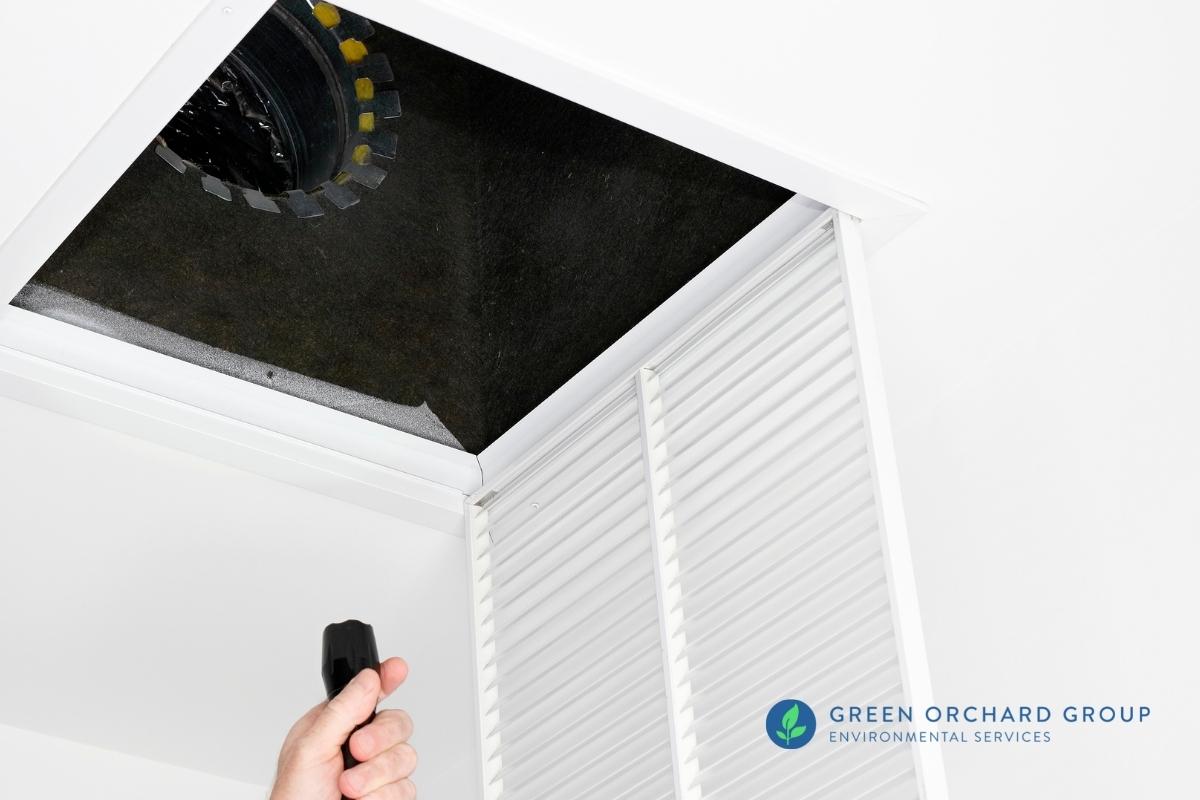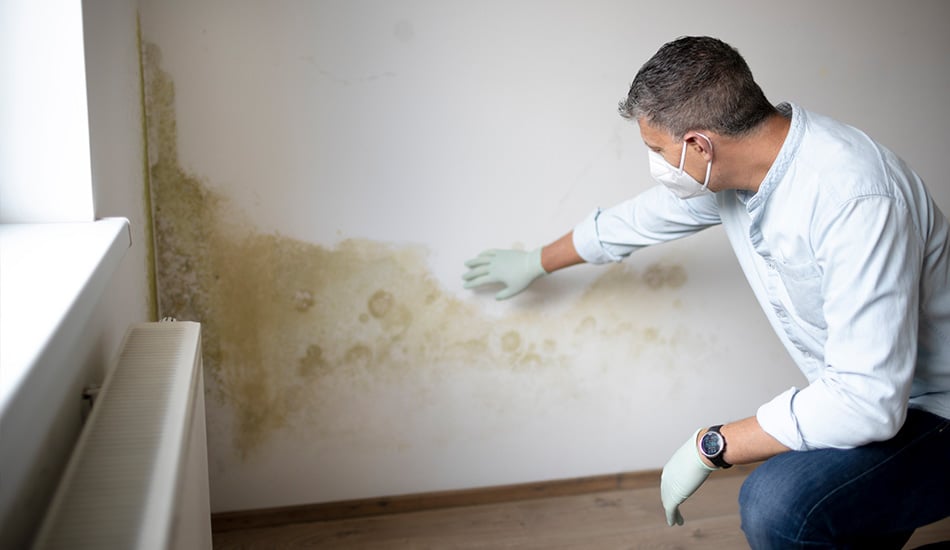Your Ultimate Overview to Article Mold And Mildew Remediation Techniques
In the after-effects of mold and mildew invasion, recognizing how to properly eliminate the mold and mildew and prevent its reoccurrence is vital for maintaining a healthy interior environment. From choosing the appropriate cleaning and sanitizing approaches to implementing methods for lasting mold prevention, each action in the removal journey plays a vital duty in guaranteeing a successful end result.
Understanding Post-Mold Removal Refine
After finishing the mold remediation procedure, it is essential to understand the post-mold remediation techniques that are required to guarantee a complete and efficient clean-up. When the mold has been eliminated, the next step entails cleansing and decontaminating the influenced areas to avoid any type of regrowth of mold. This consists of making use of specialized cleaning up agents to wipe down surface areas and eliminate any type of remaining mold spores. It is important to dry out the location totally to dissuade the development of mold and mildew in the future (Post Mold Remediation Report). Proper air flow and dehumidification can help in this process.
Furthermore, conducting a final inspection post-remediation is vital to ensure that all mold has actually been efficiently eliminated. If the assessment exposes any type of remaining mold, additional removal might be required.
Effective Cleaning and Decontaminating Approaches

Protecting Against Future Mold And Mildew Development

Significance of Proper Air Flow
Appropriate ventilation plays a critical duty in avoiding moisture build-up, a crucial consider mold and mildew development within indoor settings. Efficient air flow systems help get rid of excess humidity from the air, reducing the possibilities of mold spores discovering the moisture they require to germinate and spread. Without ample ventilation, interior spaces can end up being a breeding place for mold, bring about prospective wellness risks and architectural damage.
By making sure correct air flow, air flow systems can likewise aid in drying out wet areas a lot more quickly after water damages or flooding incidents, even more deterring mold and mildew development. Post Remediation verification. In rooms like restrooms, basements, kitchens, and attic rooms where dampness degrees tend to be higher, installing and maintaining efficient ventilation systems is vital in preventing mold infestations

Monitoring and Maintenance Tips
Offered the important function that proper air flow plays in stopping mold development, it is critical to develop effective monitoring and upkeep suggestions to ensure the ongoing functionality of air flow systems. Regular examinations of ventilation systems should be carried out to check for any kind of signs of clogs, leaks, or breakdowns that could hamper proper air flow. Monitoring moisture degrees within the residential property is also crucial, as high humidity can add to mold development. Mounting a hygrometer can aid track moisture degrees and alert property owners to any spikes that might call for attention. In addition, ensuring that air filters are consistently cleaned or changed is essential for preserving the performance of the ventilation system. Carrying out a timetable for routine maintenance jobs, such as air duct cleaning and a/c system view publisher site examinations, can help avoid concerns prior to they rise. By staying mindful and proactive to the condition of air flow systems, home proprietors can properly mitigate the risk of mold regrowth and maintain a healthy indoor atmosphere.
Final Thought
To conclude, post-mold removal methods are necessary for guaranteeing a safe and tidy atmosphere. Understanding the process, applying efficient cleaning and decontaminating techniques, avoiding future mold and mildew growth, maintaining correct ventilation, and normal tracking are all essential action in the removal process. By adhering to these guidelines, you can efficiently get rid of mold and next page avoid its return, promoting a healthy and balanced living or working area for all owners.
In the after-effects of mold and mildew problem, understanding just how to efficiently eradicate the mold and stop its reoccurrence is critical for keeping a healthy interior environment. When the mold and mildew has been gotten rid of, the next action includes cleansing and disinfecting the impacted locations to prevent any type of regrowth of mold and mildew - what to do after mold remediation. After removing visible mold and mildew development, it is crucial to clean up all surfaces in the afflicted location to remove any staying mold and mildew spores. To better enhance mold prevention procedures, it is crucial to deal with underlying problems that at first led to mold and mildew growth.Given the vital function that correct air flow plays in preventing mold growth, it is necessary to establish effective tracking and upkeep ideas to make certain the ongoing capability of air flow systems